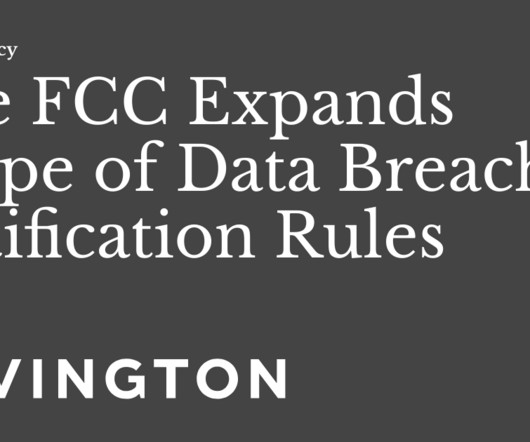Privacy Law: Status of Legal Practice Area in 2025
Martindale-Avvo
APRIL 30, 2025
Privacy law is a growing and dynamic area of practice for many attorneys. A wave of state legislation with data protection requirements places new obligations on businesses and public institutions. The history of privacy law The roots of privacy law in the U.S. go back further than one might think.












Let's personalize your content